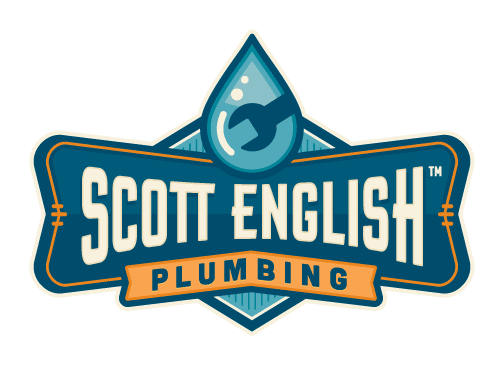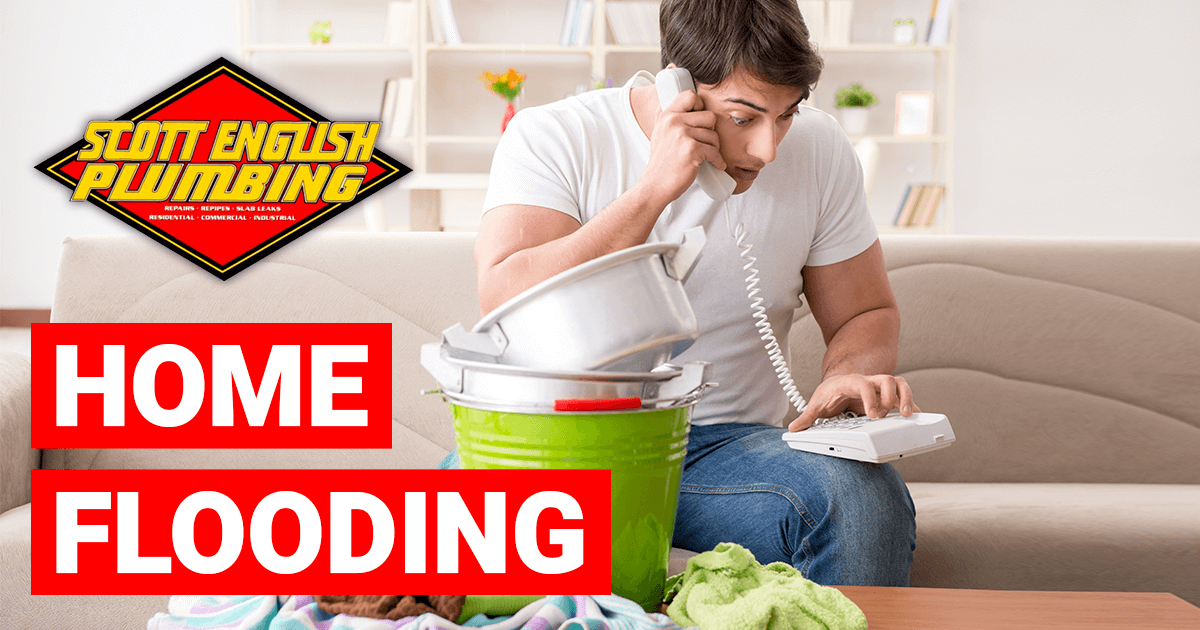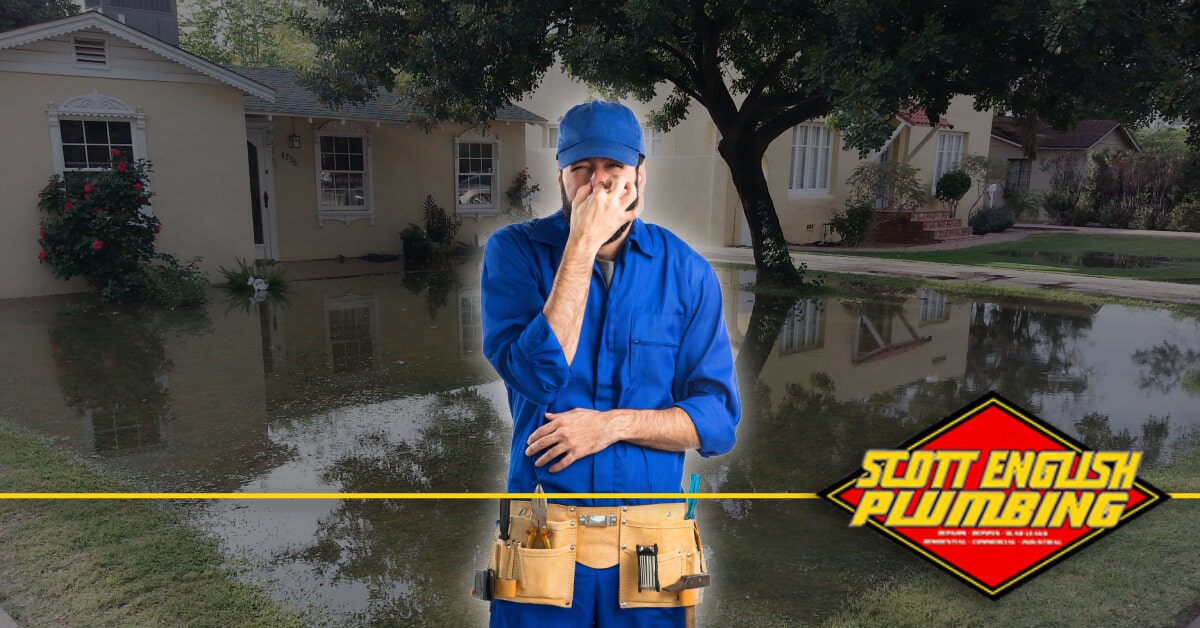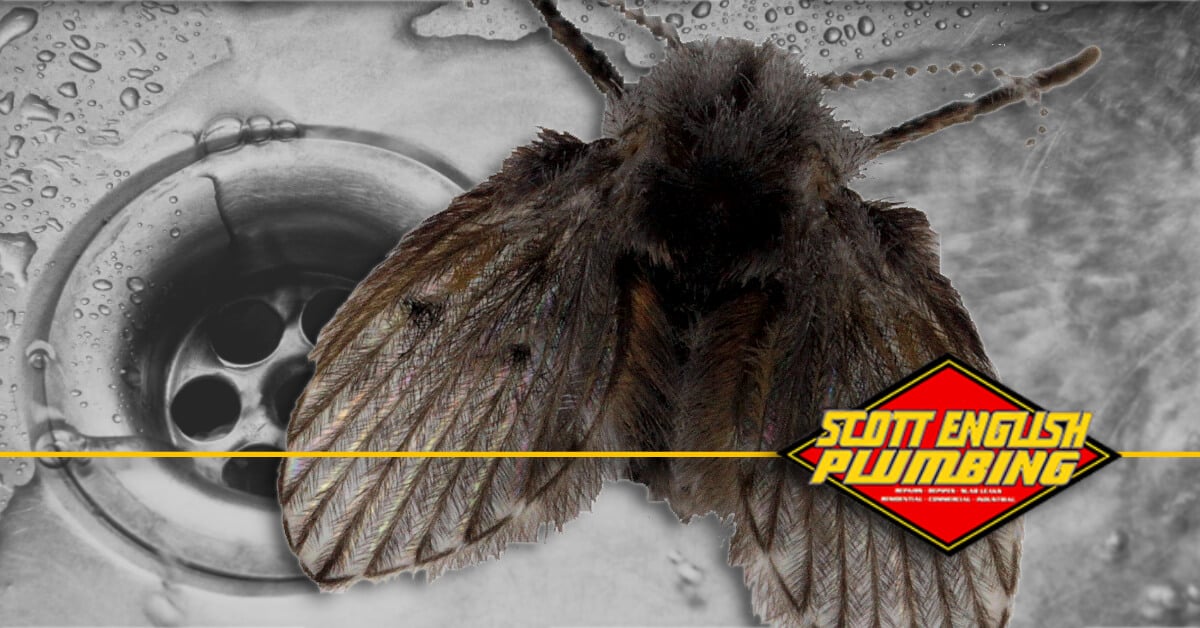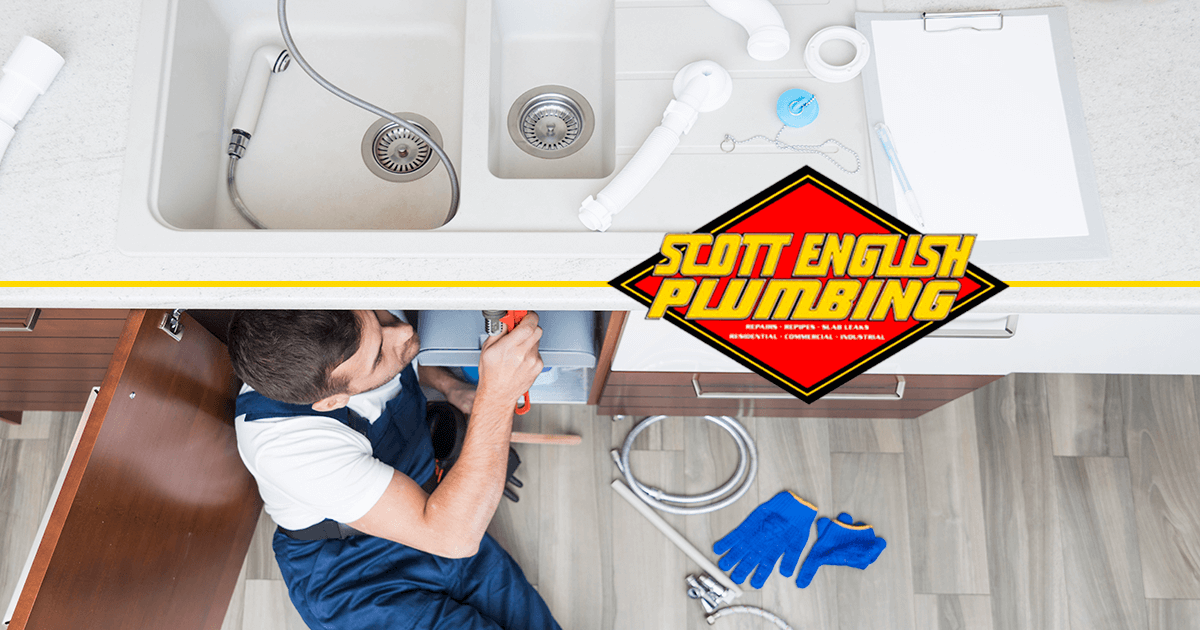How to Optimize Water Heater Temperature
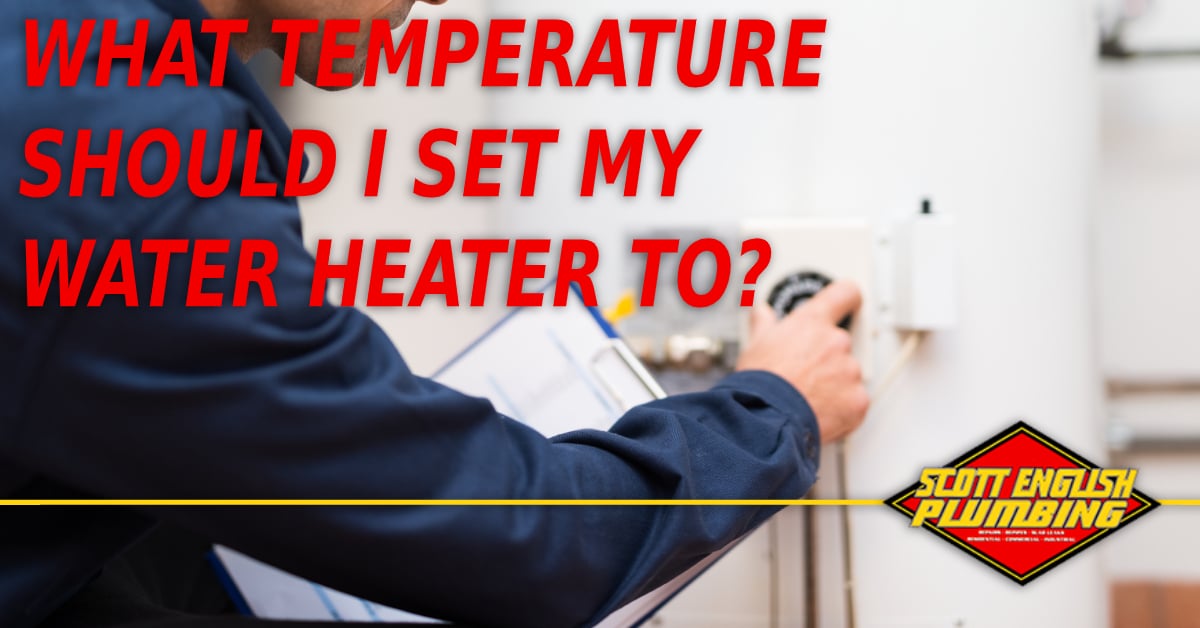
Did you know that you can change and optimize the temperature of your water heater? That’s right. You can change it. However, what you consider the optimal water heater temperature can differ from what others consider optimal.
Here at Scott English Plumbing, Inc., we understand that different people have different opinions on what optimal hot water temperature is. In light of that understanding, we decided it would be a great idea to put together a guide on setting your water heater temperature to fit your needs. So, let’s get started!
Different Hot Water Uses Demand Different Water Heater Temperatures
Optimal water temperature varies depending on what tasks in which you plan to use hot water. For example, if you run a commercial kitchen, then you’ll need your water hot enough to sanitize dishes. However, water hot enough to sanitize dishes (around 140 to 160 degrees Fahrenheit) is far too hot to use for bathing. Additionally, if you have children, then you’ll want your water hot enough to kill most forms of bacteria. However, you don’t want to set it so high as to potentially scald yourself or your children. For those situations, water heater temperatures closer to 120 degrees Fahrenheit will do the trick just fine
When it comes to optimizing your water heater temperature, the only hard-set rule is never to set your water heater below 120 degrees Fahrenheit. Temperatures lower than that provide an ample breeding ground for several species of harmful bacteria, mold, and mildew. Additionally, for every ten degrees above 120 degrees Fahrenheit, you will increase your overall energy usage by about three to five percent.
Specific Use Cases and Their Appropriate Water Heater Temperature Settings
Besides the examples we described above, several other use-cases have their own water temperature requirements. Let’s break them down.
Dishwashers that don’t pre-heat
There are some types of dishwashers around (usually older models or ones in commercial settings) that don’t pre-heat water to help sanitize and clean your dishes. If you have a dishwasher that doesn’t pre-heat, then you should set your water heater temperature to 140 degrees Fahrenheit. Lower temperatures are far less effective at killing harmful foodborne pathogens and bacteria species.
Small children and the elderly
If your home or business regularly receives visits from or provides housing for small children or the elderly, then the optimal water heater temperature setting is around 120 degrees Fahrenheit. Higher temperatures are much more likely to injure children and the elderly than average-aged adults. In fact, according to the CPSC (Consumer Product Safety Commission)
“The majority of injuries and deaths involving tap water scalds are to the elderly and children under the age of five. The U.S. Consumer Product Safety Commission (CPSC) urges all users to lower their water heaters to 120 degrees Fahrenheit. ” – CPSC Safety Alert Publication 5098
People with respiratory illnesses or suppressed immune systems
If you or anyone else in your home has a respiratory disease or suppressed immune system, then you should set your water heater temperature to 140 degrees. Doing so will help prevent the sick from contracting other diseases that healthier people may be able to ward off without medical aid.
How to Pick the Right Temperature for You
Let’s assume you’re a healthy adult living in a household with other healthy adults. To optimize the temperature of the water heater for this assumed household, start by setting the temperature to 120 degrees. Then, if you’re not satisfied, increase the temperature in ten-degree increments until you’ve found your optimal water temperature.
What is the Most Environmentally Friendly Water Heater Temperature?
According to the EPA (Environmental Protection Agency), the optimal water heater temperature setting for both a happier planet and for safe usage is 120 degrees Fahrenheit. Even at this low setting, water heaters still account for about 17 percent of your home’s energy bill (DirectEnergy.com). Moreover, as mentioned earlier, for every ten degrees over 120, you will increase your energy consumption by three to five percent.
Still Having Trouble? Contact Scott English Plumbing, Inc.
If you have trouble either figuring out your ideal temperature or with the actual process of changing the temperature for your water heater, you can always reach out to us here at Scott English Plumbing, Inc. We employ some of the best water heater technicians in the state. So, don’t hesitate to contact us! We’re always here to help!
